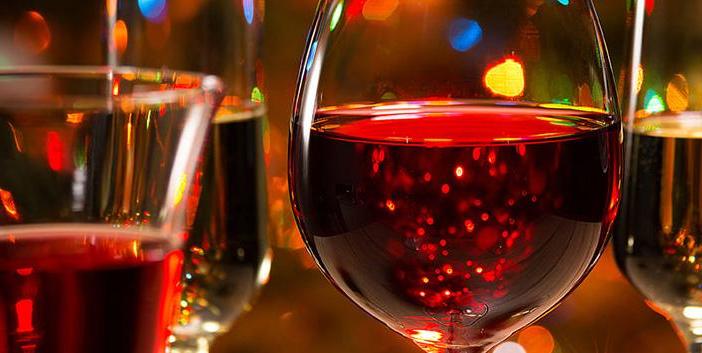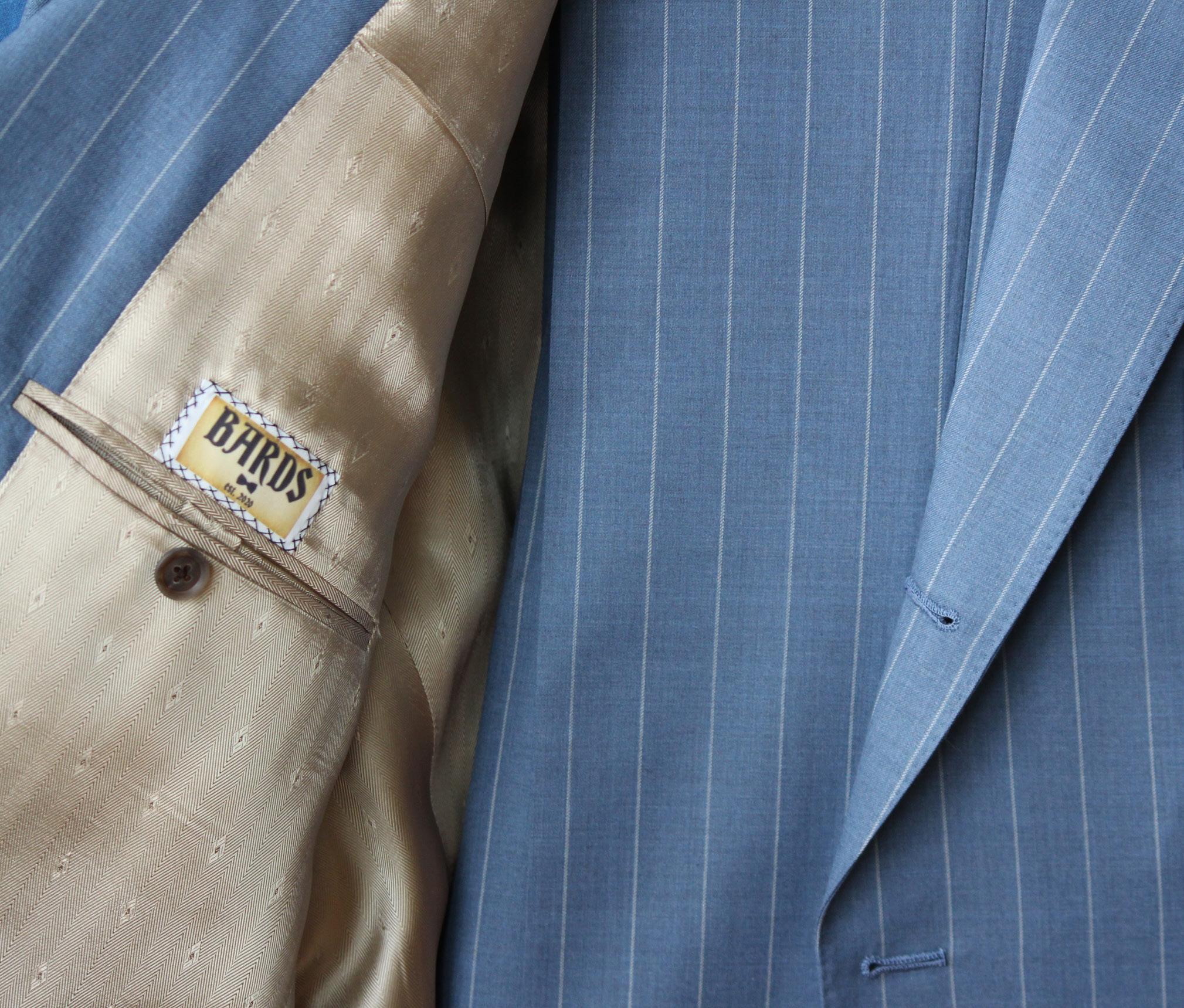WINE
Eat, Drink
& Be Merry! BY ERTAN SENER
S
ay “Cheers” for a spectacular holiday gathering! There is a lot that goes into the planning to make that “Cheers” super successful. I’d like to help pick those perfect pairings for this holiday season. The holidays are warm, festive and filled with great food. Because of the season, holiday wines can be bigger, heartier wines that stand up to traditional flavors like turkey, currants, cranberries, prime rib and other holiday delights, whatever they may be. While it can seem daunting to select the perfect wine, there are some choices that go naturally well with holiday foods. These wines might include medium and full-bodied reds with lots of spice, festive, sparkling wines as well as richer whites. If it is your turn to host, whether at home or on ZOOM, I hope to give a few pointers so you can choose wines that will surely make you the “Host with the Most!” With the wide range of foods and flavors at the holidays, the objective of this article is to provide some guidelines to food and wine pairing for the holidays with specific applications so that wine selection is less confusing and more enjoyable. Here are the key concepts to think about when pairing: 1) Versatility, 2) Consider texture, not just flavor, and 3) Whether you want to compliment or contrast with the flavor of the dish. There are many wines that will be able
I
40 Vol. 10, No. 4, 2020 west hartford magazine
to pair with any certain dish; let’s just to remember to keep the options open. There is never one perfect choice, but there are choices that will work better than others. Let’s look at a few of the possible courses and see which concept works best. Appetizers and hors d’oeuvres are always in abundance at all holiday gatherings. These fun little hand-tomouth bites are perfect to make the crowd happy quick. What wine, you ask? Well, versatility is the key. Bubbles, bubbles, bubbles! Champagne of course is the king of bubbles and would be most welcome at any party. There are other choices that will put a spark in your glass. Cava from Spain, Prosecco from Italy, any number of wines from France labeled Crémant, fine sparkling wines from a number of regions in France. Here is a list of a few of the Crémant wines areas and how it will be listed on the label. Crémant de Alsace, Crémant de Bordeaux, Crémant de Bourgogne, Crémant de Die, Crémant du Jura, Crémant de Limoux, Crémant de Loire and Crémant de Luxembourg. Bubbles are refreshing and cleanse the palate, getting it ready for that next new little bite of bursting flavor. Cheese you ask? Yes please. If lactose doesn’t work for or with you please skip this paragraph, or take a Lactaid. Well this pairing is no laughing matter. Cheese, of all its beautiful varieties, can be very difficult to pair. My usual go-to is white, white, white (except for hard
aged cheeses that call for a red). I like it when a wine contrasts with a cheese. For example, a rich creamy cheese like Camembert works very nicely with a wine that has a little crispness with some brighter acidity. I like the way it cuts through that beautiful fattiness. A wine with a little sugar like Riesling is great from some of those creamy, salty blues. Yum. To quote the great Mâitre Fromogier Max McCalman, “My first instinct is to get away from traditional notions about pairings. I like to promote pairings of lesser-known, less ‘serious’ or ponderous but nonetheless delightful wines with cheeses. Savennières, Pinot Blanc, and Albariño are good examples.” Fantastic word to live by. Let’s use this thought for the next course. The main course is the main event at most holiday gatherings. Who will be the contenders for wine? Selecting the right wine for the main course is a simple as thinking, complement the dish. Think about the texture as much as the flavor. Match the textures and flavors and the two will dance nicely on the palate. A simple solution to pairing wine with the main course can be as easy as four questions to ask yourself. 1) Does the food overpower the wine? 2) Does the wine overpower the food? 3) When the wine and food are combined in mouth, what tertiary flavor does it create? And finally, is that flavor that is created pleasing? Done. As far as dessert, the simple solution is to choose a wine as sweet as the dessert. The sweetness of the dessert






